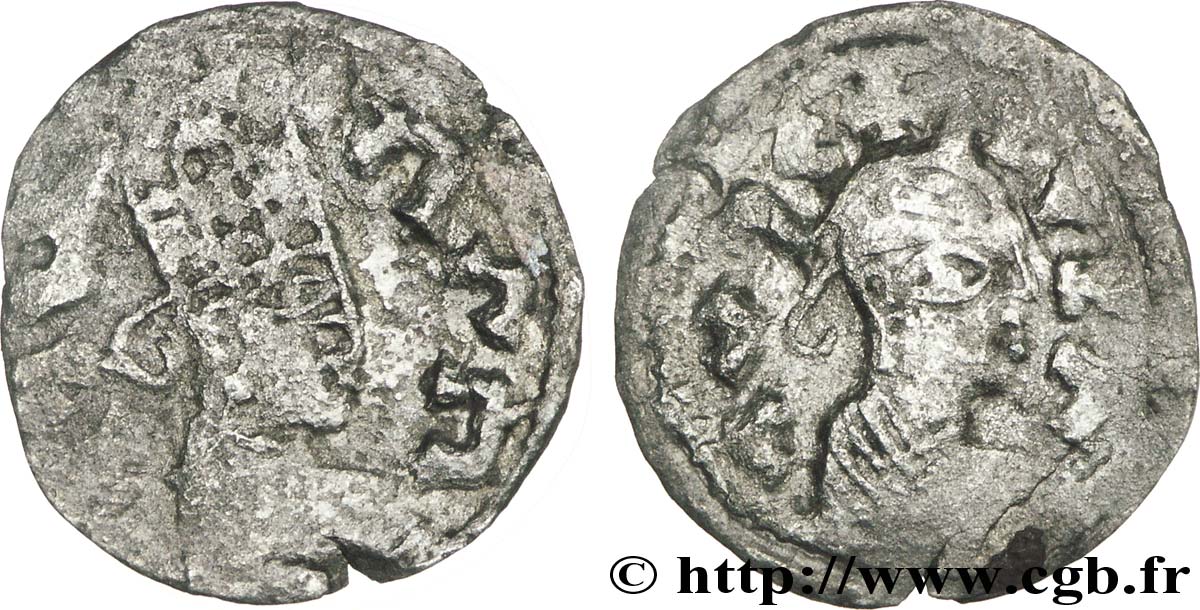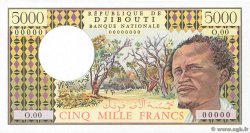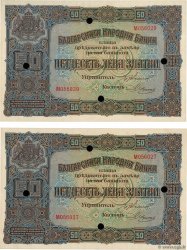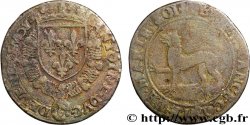v29_0794 - AXOUM - REGNO DI AXOUM - KALEB Monnaie d’argent aux portraits
MONNAIES 29 (2007)
起拍价 : 200.00 €
估价 : 320.00 €
竞价记录 : 250.00 €
出价数量 : 2
最高出价 : 460.00 €
起拍价 : 200.00 €
估价 : 320.00 €
竞价记录 : 250.00 €
出价数量 : 2
最高出价 : 460.00 €
种类 Monnaie d’argent aux portraits
日期: n.d.
材质 silver
直径 14,3 mm
模子方针 12 h.
重量 0,68 g.
稀少度 R1
关于品相的说明
Monnaie de frappe un peu molle sur un flan légèrement irrégulier, mais avec une surface irrégulière et granuleuse
出版目录中的项代码 :
正面
正面的文字 LÉGENDE EN GE’EZ.
正面的说明书 Buste diadémé et drapé à droite, légende autour ; grènetis.
正面的翻译 (Roi Kaleb).
背面
背面的文字 LÉGENDE EN GE’EZ.
背面的说明书 Buste drapé à droite, la chevelure recouverte d'un bonnet décoré sur sa partie avant ; légende autour ; grènetis.
评论
Sur ce type 111, les légendes ne sont plus en grec mais entièrement en ge'ez. Au revers, la légende de propagande décrit le roi mentionné au droit comme "donnant satisfaction à la ville et convenant au pays".
Les premières inscriptions en ge'ez (langue sémitique officielle de l'empire d'Axoum) datent du IVe siècle de notre ère. Un dialecte emprunté au ge'ez, l'amharique, prit le relais (dynastie de Choa). On ajouta de nouveaux caractères à l'ancien syllabaire. Ce système a une grande ressemblance avec les écritures de l'Inde où la voyelle est inhérente à la consonne.
On this type 111, the legends are no longer in Greek but entirely in Ge'ez. On the reverse, the propaganda legend describes the king mentioned on the obverse as \\\"giving satisfaction to the city and suiting the country.\\\" The first inscriptions in Ge'ez (the official Semitic language of the Empire of Aksum) date from the 4th century AD. A dialect borrowed from Ge'ez, Amharic, took over (Shoa dynasty). New characters were added to the old syllabary. This system bears a strong resemblance to the scripts of India, where the vowel is inherent to the consonant.
Les premières inscriptions en ge'ez (langue sémitique officielle de l'empire d'Axoum) datent du IVe siècle de notre ère. Un dialecte emprunté au ge'ez, l'amharique, prit le relais (dynastie de Choa). On ajouta de nouveaux caractères à l'ancien syllabaire. Ce système a une grande ressemblance avec les écritures de l'Inde où la voyelle est inhérente à la consonne.
On this type 111, the legends are no longer in Greek but entirely in Ge'ez. On the reverse, the propaganda legend describes the king mentioned on the obverse as \\\"giving satisfaction to the city and suiting the country.\\\" The first inscriptions in Ge'ez (the official Semitic language of the Empire of Aksum) date from the 4th century AD. A dialect borrowed from Ge'ez, Amharic, took over (Shoa dynasty). New characters were added to the old syllabary. This system bears a strong resemblance to the scripts of India, where the vowel is inherent to the consonant.








 对产品描述纠错
对产品描述纠错 打印
打印 分享我的选择
分享我的选择 提问
提问 Consign / sell
Consign / sell
 产品介绍
产品介绍










